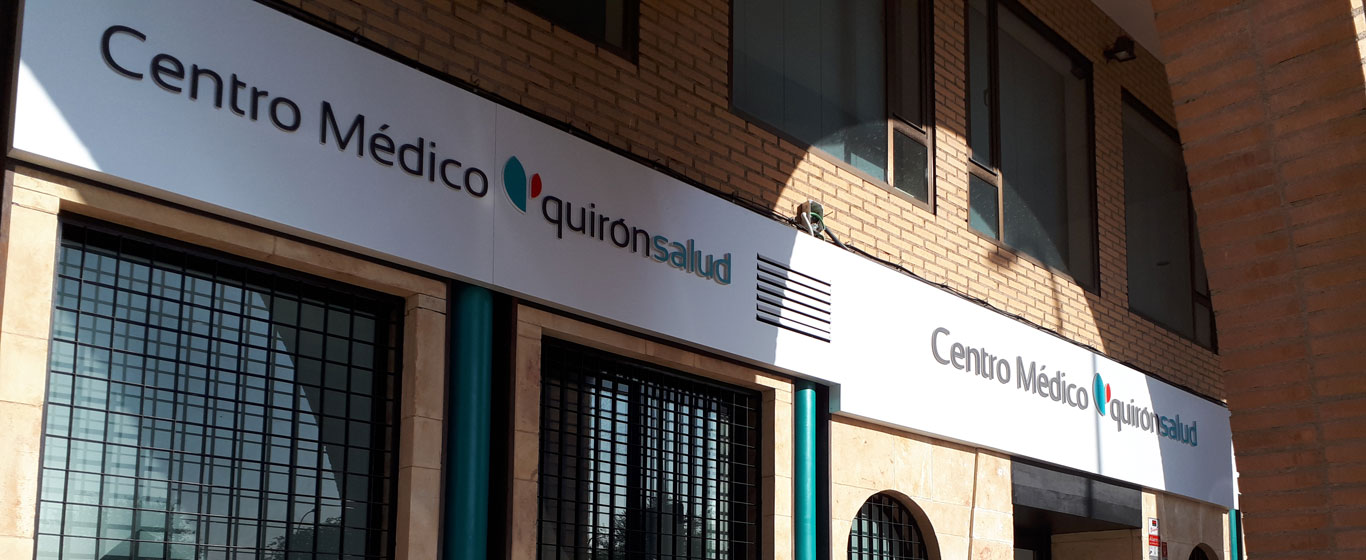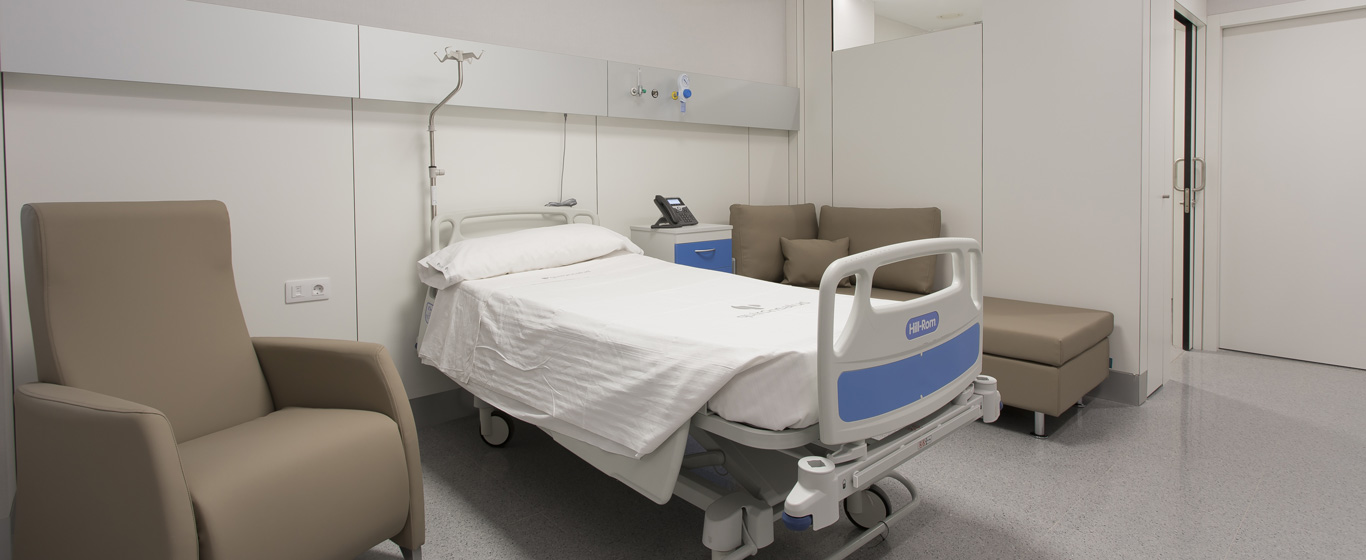Incisional and Excisional Biopsy
A biopsy may require a surgical procedure to obtain a tissue sample from an organ. This surgery can be either incisional, in which a small portion is taken for analysis, or excisional, where the previously detected tumor is completely removed. In the laboratory, the structures and behavior of the cells are analyzed.

General Description
A surgical biopsy is a procedure in which a small tissue sample is surgically removed from the body to be analyzed in a laboratory for signs of disease, primarily cancer. The procedure can be of two types:
- Incisional biopsy: A surgical incision is made in the skin with a scalpel to reach the area from which a sample needs to be taken. Once extracted, the incision is closed with stitches.
- Excisional or open biopsy: As in the previous technique, an incision is made to access the inside of the body. However, in this case, the entire tumor is removed, and in some cases, part of the apparently healthy surrounding tissue is also excised. Since it is more invasive, recovery may take longer.
These types of biopsies require anesthesia, either local or general, which means the patient needs a recovery period at the medical center. In rare cases, an overnight hospital stay is necessary.
Incisional or excisional surgical biopsies are used to analyze lesions in the skin, lymph nodes, breasts, or muscles.
When Is It Indicated?
A surgical biopsy is chosen when the tumor is larger than a ping-pong ball, the lesion is painful, or the cyst is growing rapidly. It is also performed when previous diagnostic tests have been inconclusive. Typically, a tumor is detected through an MRI scan, but it cannot be definitively confirmed as benign.
An excisional biopsy is used when the tumor is small, whereas an incisional biopsy is the best option for analyzing cysts in deep soft tissue or bones.
This procedure is especially indicated for skin lesions or when lymphoma or sarcoma is suspected.
How Is It Performed?
Before starting, anesthesia is administered. Local anesthesia with sedation is commonly used to put the patient to sleep, although in more complex cases, general anesthesia may be required.
In the operating room, with the patient lying on the examination table, an incision is made in the skin to access the suspicious area. In an incisional biopsy, only a portion of the cyst is removed, while in an excisional biopsy, the entire tumor is extracted. Once the procedure is complete, the wound is closed with stitches.
If the cyst cannot be felt through the skin, an ultrasound is used to provide real-time images to guide the specialist to the precise area for excision.
Within the first 30 minutes after extraction, the sample must be fixed with formaldehyde (CH2O) and sealed to prevent degradation or oxidation. If the tissue sample is very large, it can be sectioned and preserved under refrigeration.
Before examining the sample, it is treated to facilitate the identification of different cellular structures, for example, through staining techniques. The sample is then sliced into very thin sections, placed on a glass slide, and examined under a microscope by a pathologist to determine the nature of the tissue.
Risks
Like all surgical procedures, incisional and excisional biopsies come with some risks. Some are mild side effects, such as bleeding, bruising, or swelling, which usually resolve on their own within a short time. Others are more serious, such as infections or difficulty waking up from anesthesia.
What to Expect from a Surgical Biopsy
In most cases, incisional or excisional biopsies are outpatient procedures, meaning the patient can go home the same day as the procedure. However, a recovery period at home may be needed before resuming normal activities. On the day of the procedure, the patient must sign an informed consent form.
To enter the operating room, the patient must wear the gown provided by the medical center. Once positioned appropriately for the surgeon’s work, anesthesia and sedation are administered, so the patient is unaware of the procedure and wakes up later in the recovery area. After a period of observation, the patient can go home with the assistance of a companion.
Some pain in the incision area is expected, and pain relievers can be taken to alleviate discomfort. However, if the pain worsens or there is excessive bleeding, immediate medical attention is required.
Exercise and strenuous activities should be avoided until the stitches are removed. The results of the biopsy are usually available in three to five days and are discussed in a follow-up consultation.
Specialties That Request Incisional or Excisional Biopsies
These types of biopsies are mainly requested by oncologists, dermatologists, neurologists, endocrinologists, or orthopedic surgeons, who are usually responsible for collecting the sample. The laboratory analysis is conducted by specialists in anatomical pathology.
How to prepare
On the day of the biopsy, the patient must fast for six to eight hours beforehand. It may also be necessary to discontinue certain medications, especially anticoagulants, as instructed by the specialist in advance.





















































